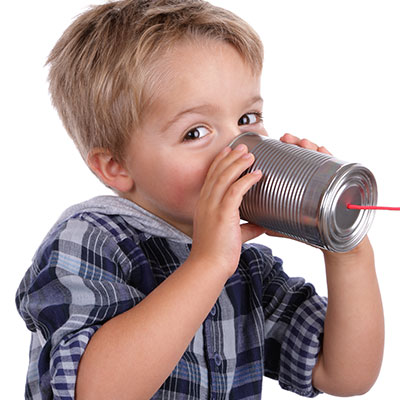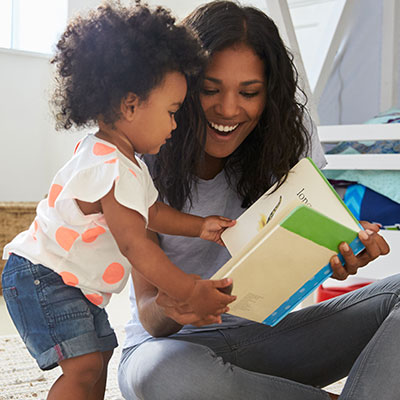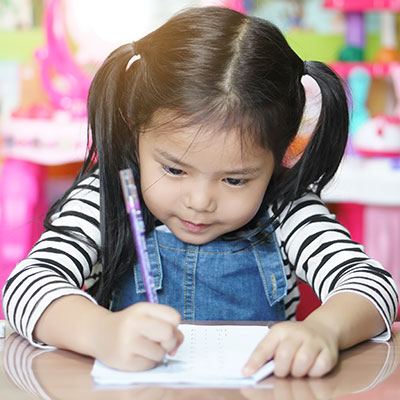Welcome to Utah Kids Ready to Read
Utah Kids Ready to Read (UKRTR) is an early literacy parent/caregiver education initiative. Parents and caregivers are a child's first and best teachers.
UKRTR provides information, training, technical assistance, and resources on emergent literacy for Utah librarians and their community partners. Our vision is for all parents and caregivers to nurture their children's early literacy skills, and for all children to develop as independent, lifelong readers.
UKRTR is the Every Child Ready to Read® project for Utah. The Utah State Library Division is the lead agency. Links to outside sources should not be assumed to reflect the views of Utah state government.





